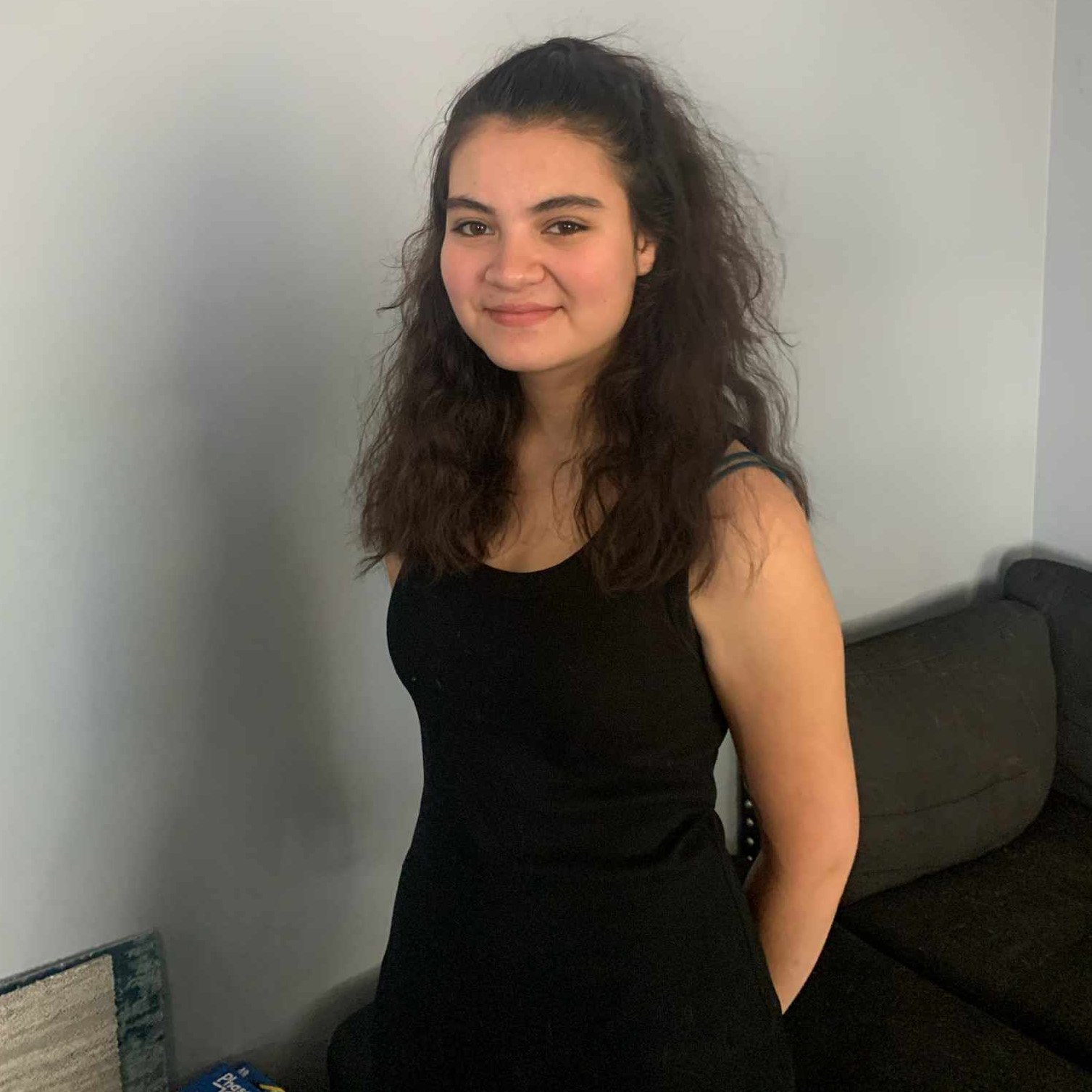“Simple” Stories
Bex Rizo (She/Her)
Editorial Team Member
Last semester, I took a Children and Young Adult Literature class. The class consisted mainly of learning about the various components to writing stories aimed towards children and teens. These components included developmental standards the readers would be going through and what kind of ideology being displayed through the story to the reader.
Developmental stages and the ideological alignments were the main focus of the class and I found it to be very interesting. It was almost like a psychology class within an English class. Prior to this, I had never really thought about all that goes into these books we view as “simple.” Even books aimed towards children as young as six months old are far more complex than one would imagine and are filled to the brim with specific sensory needs for children at this stage in life. The older stages too, were more complicated than I anticipated and it sparked many good conversations on what exactly is considered “literature.”
Through this experience, we got to create our own children’s book which focused on those standards but also an ideological alignment. For example, in every story, whether intended or not, there is an ideology being displayed. The author has to decide whether those ideologies are implicitly or explicitly stated. This was great to think about and really made me think back to children’s books I’ve read and what the “message” was.
The class was amazing but my favorite part by far, was when we got to do a literary analysis paper on a book. I chose to do mine in the novel in verse “Poet X" by Elizabeth Acevedo. In this book I analyzed how the author used poetry components such as meter, rhythm, line breaks, and punctuation to emphasize a stage in life and message of the positive effects of self-expression. I think I enjoyed this so much because I never realized you could use poetry to actually tell a whole story. It was great! My only regret is that we were only allowed to pick one book to analyze. I also wanted to analyze a book called “The Magic Fish” by Treng Le Nguyen which is a graphic novel that incorporates a lot of color theory and interesting use of the “gutter” lines in comics as well as putting new spins on old fairy tales.
All in all, it was an amazing class that gave me great insight into all that really goes into what some would think of as “simple” stories for kids. I’m glad I took it and will most likely be doing more analyzing just for fun!


